Blur became a stadium band after a dramatic reinvention. It wouldn’t be their last.
Videos by American Songwriter
Critics accused the band of being opportunists who switched genres to chase the latest trend. But Blur’s shape-shifting isn’t any different from David Bowie, The Beatles, Madonna, Lady Gaga, or Beck.
Formed in London in 1988, Blur found success early, but with shoegaze-adjacent songs many felt were already stale. Then singer Damon Albarn became homesick on an American tour and began writing songs about everyday life in England.
A rival group initially found greater success with a similar Brit-centric approach. And that band’s singer was also the ex of Albarn’s girlfriend. The ch-ch-changes saved Blur, and Albarn became one of the most acclaimed and prolific artists of his generation. Blur was his first of two stadium bands. The other is Gorillaz.
Here’s how it happened.
“There’s No Other Way” from Leisure (1991)
The tambourine and drum beat on this track recalls the acid house grooves of The Haçienda nightclub in Manchester. Meanwhile, Graham Coxon’s funky guitar riff echoes John Squire’s playing in The Stone Roses. Blur’s early music employed a fading Madchester sound but soon it evolved into something new. Their 1992 single “Popscene” helped pioneer Britpop, but its lukewarm reception threatened to wreck the band.
“For Tomorrow” from Modern Life Is Rubbish (1993)
When Blur returned from a tour in America, they witnessed the British press fawning over Suede. A new sound emerged as a reaction against American grunge and British pride and now defined the rising pop culture known as Cool Britannia. Albarn reworked his approach, celebrated Englishness, and drew inspiration from 1960s British guitar bands like The Kinks. Modern Life Is Rubbish revived Blur’s career, and the following yea,r they released an album that defined Britpop and made them a stadium band: Parklife.
“Song 2” from Blur (1997)
Oasis released Be Here Now in 1997 and it marked the end of their peak period and the end of an era. Depending on how you view things, The Verve’s “Bitter Sweet Symphony”, released the same year, was either the last great Britpop song or the first post-Britpop anthem. Blur was certainly done with the scene and ready for reinvention. Instead of continuing with the Britpop sound, they embraced American indie rock and released their most successful record to date. Woo-hoo!
“No Distance Left To Run” from 13 (1999)
Blur’s experimentation continued on their sixth album 13. The band worked with electronic music producer William Orbit and created an art rock masterpiece. The lyrical abstraction of “Song 2” was replaced by Albarn’s deeply personal lyrics documenting his breakup with Elastica’s Justine Frischmann. One of many highlights includes the heartbreaking “No Distance Left To Run”. Frischmann was also an original member of Suede and dated Brett Anderson, which only fueled Albarn’s ambition in the early 1990s to match Suede’s success.
Photo by Samir Hussein/Getty Images

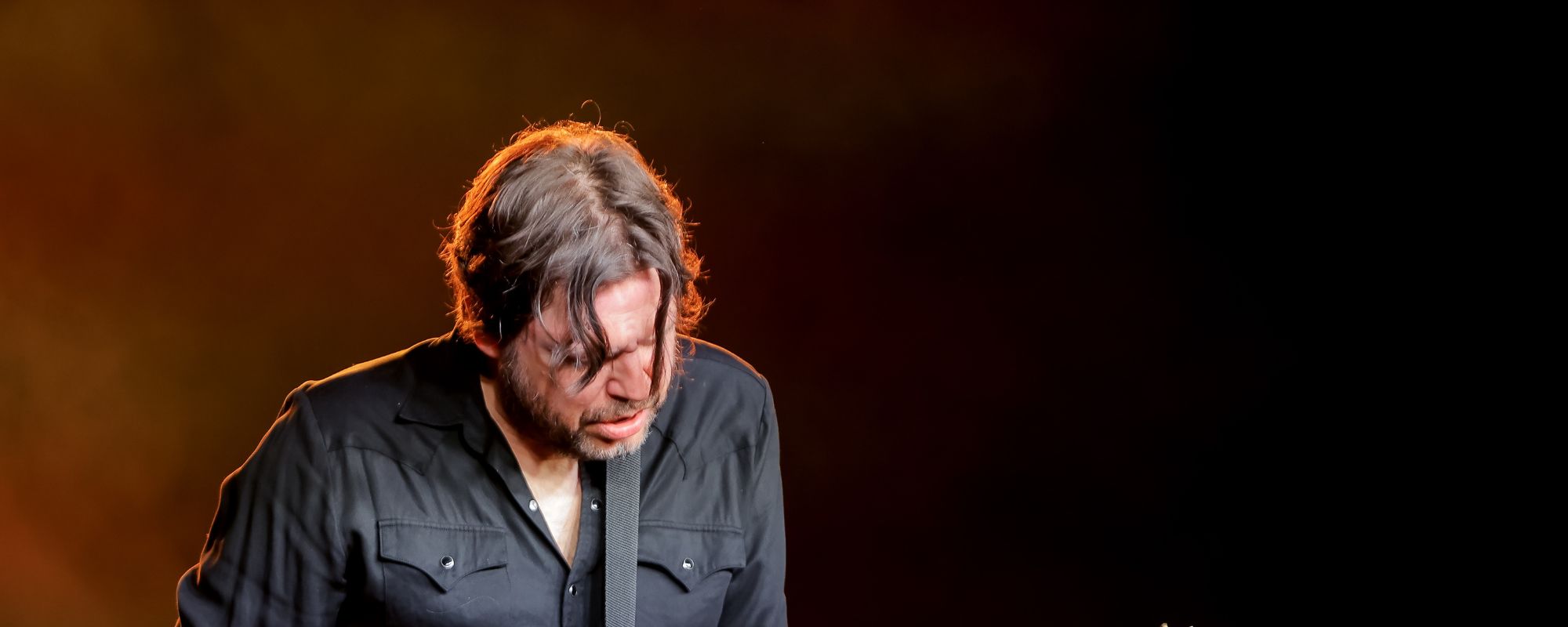
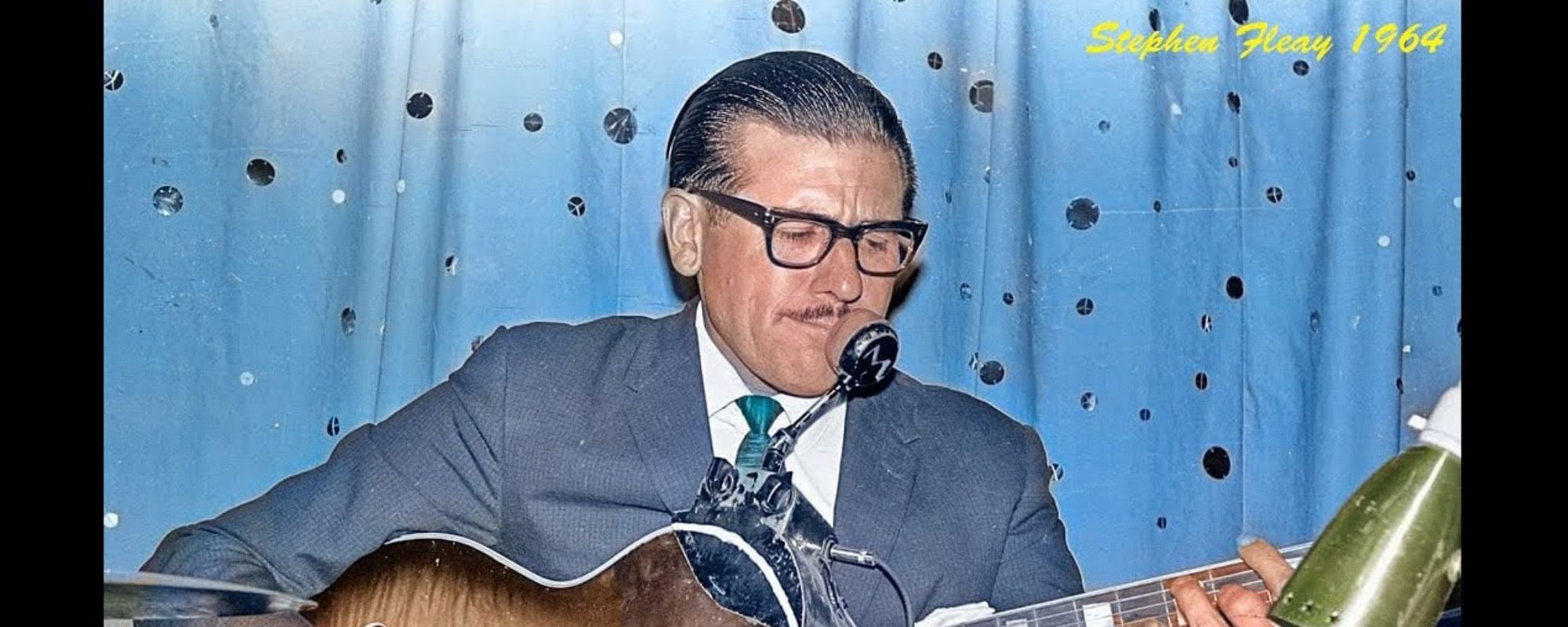
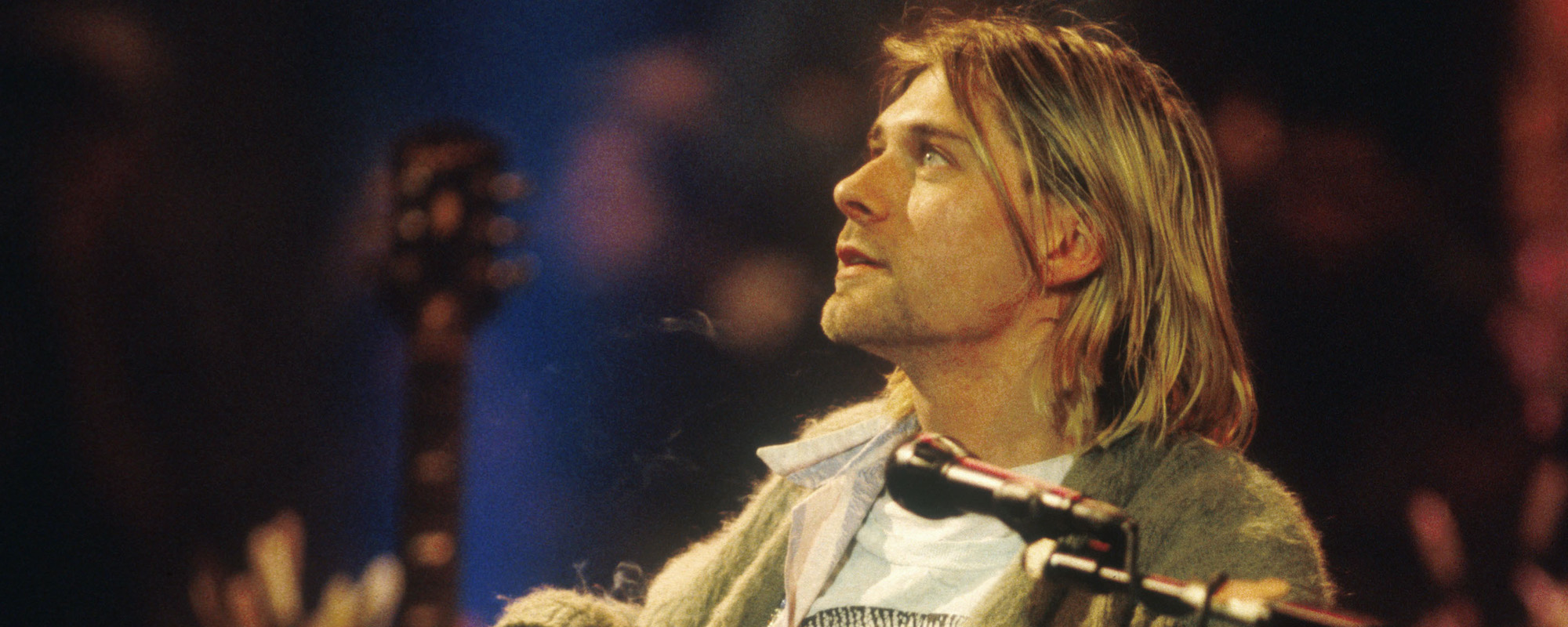




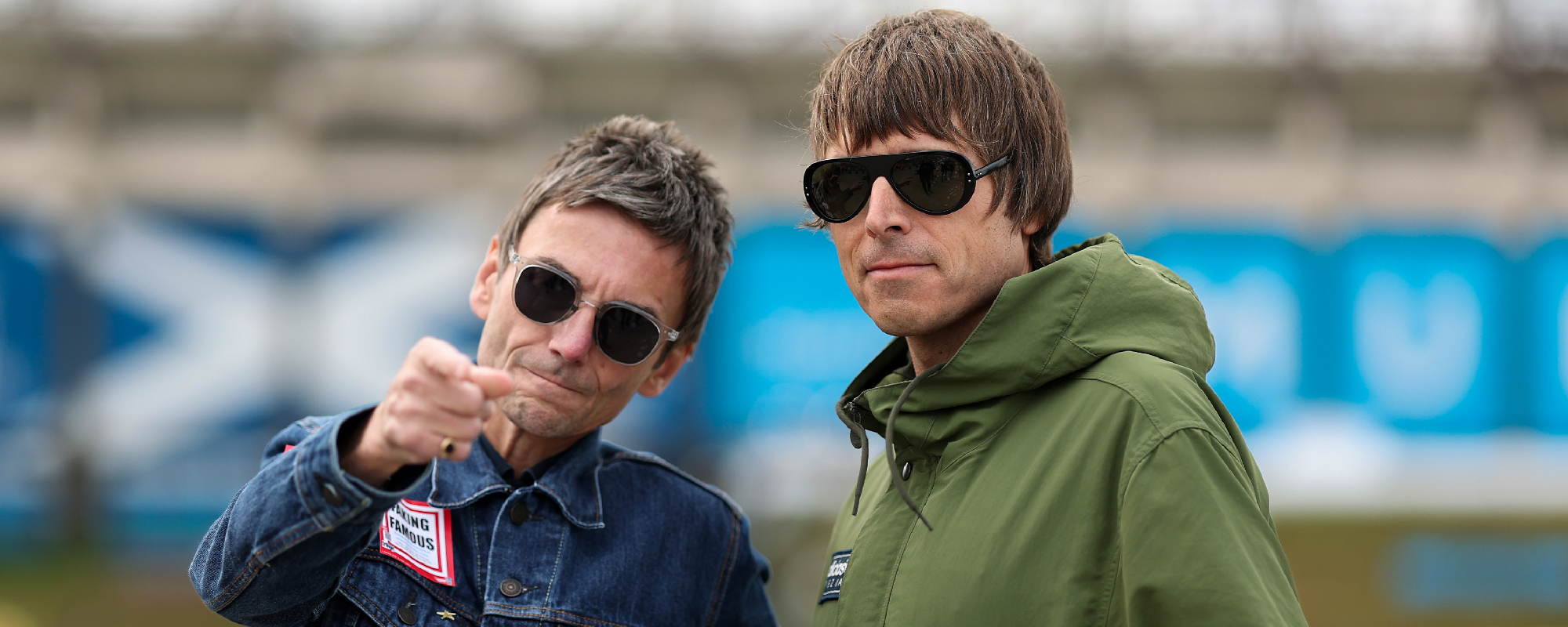
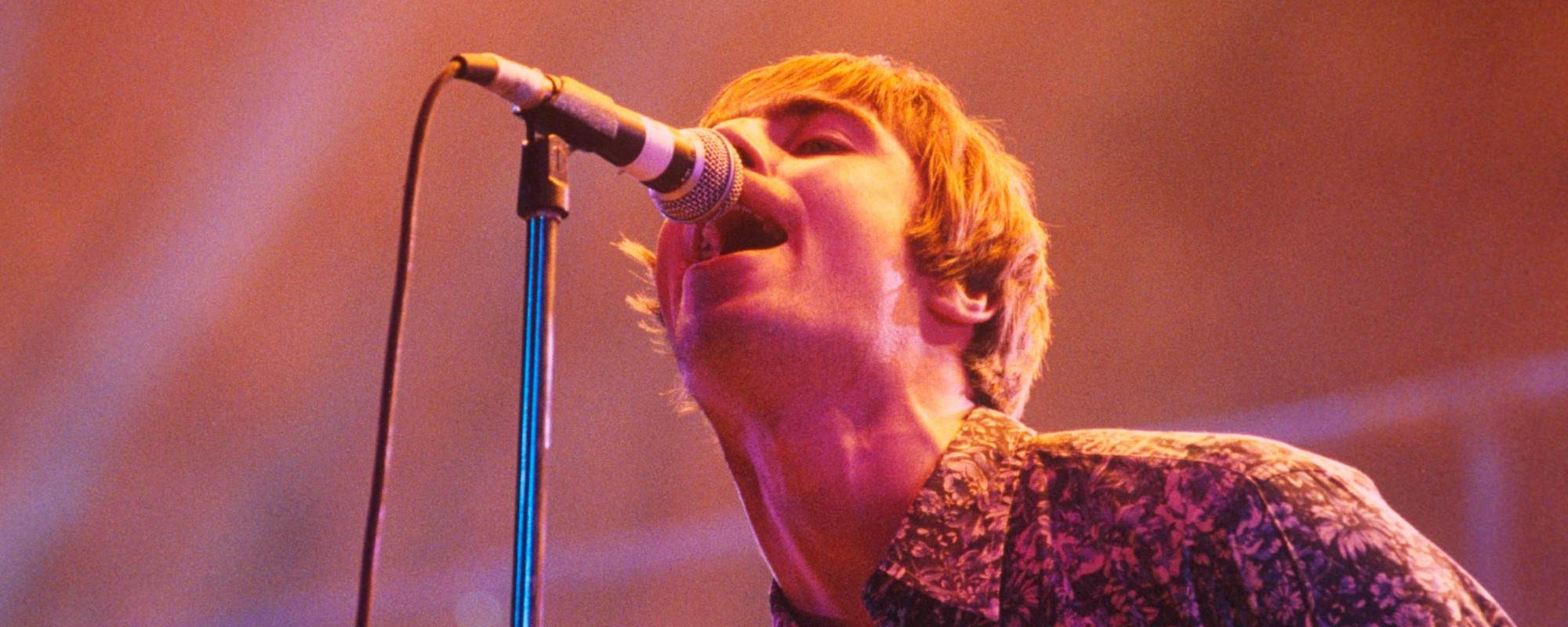
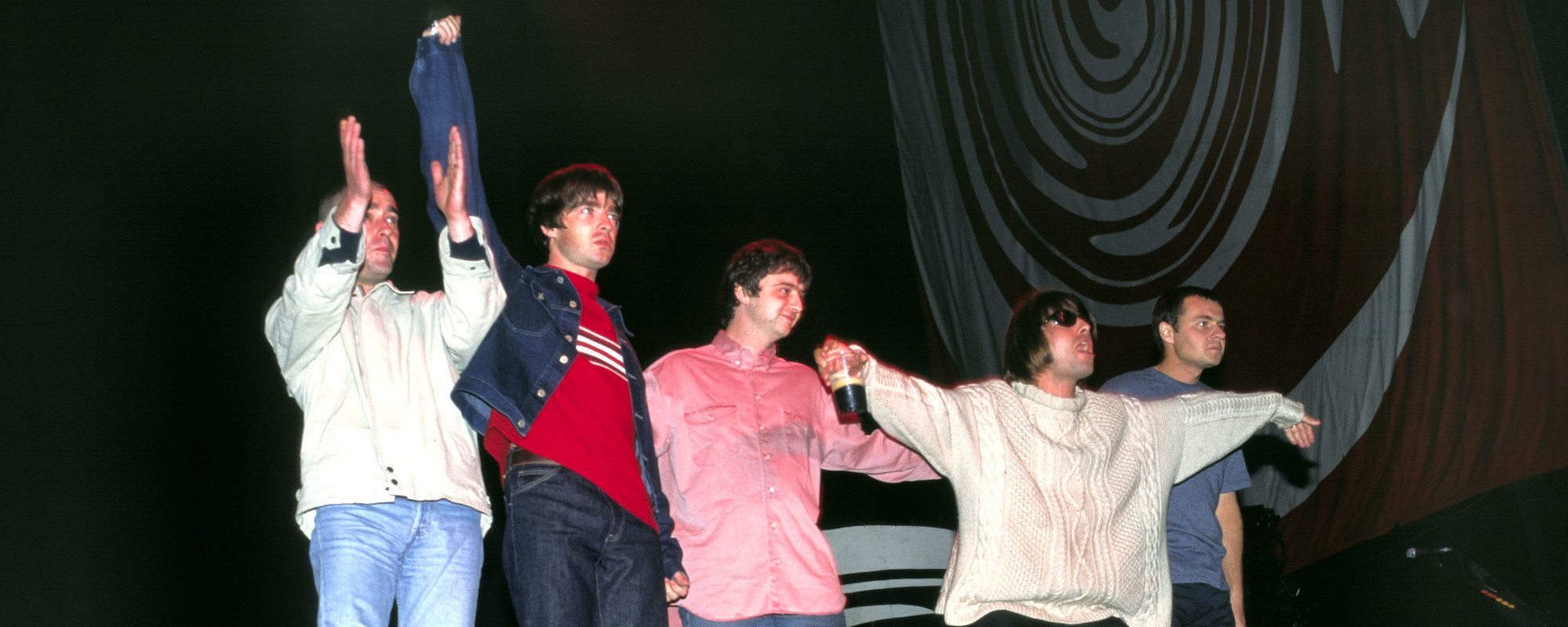

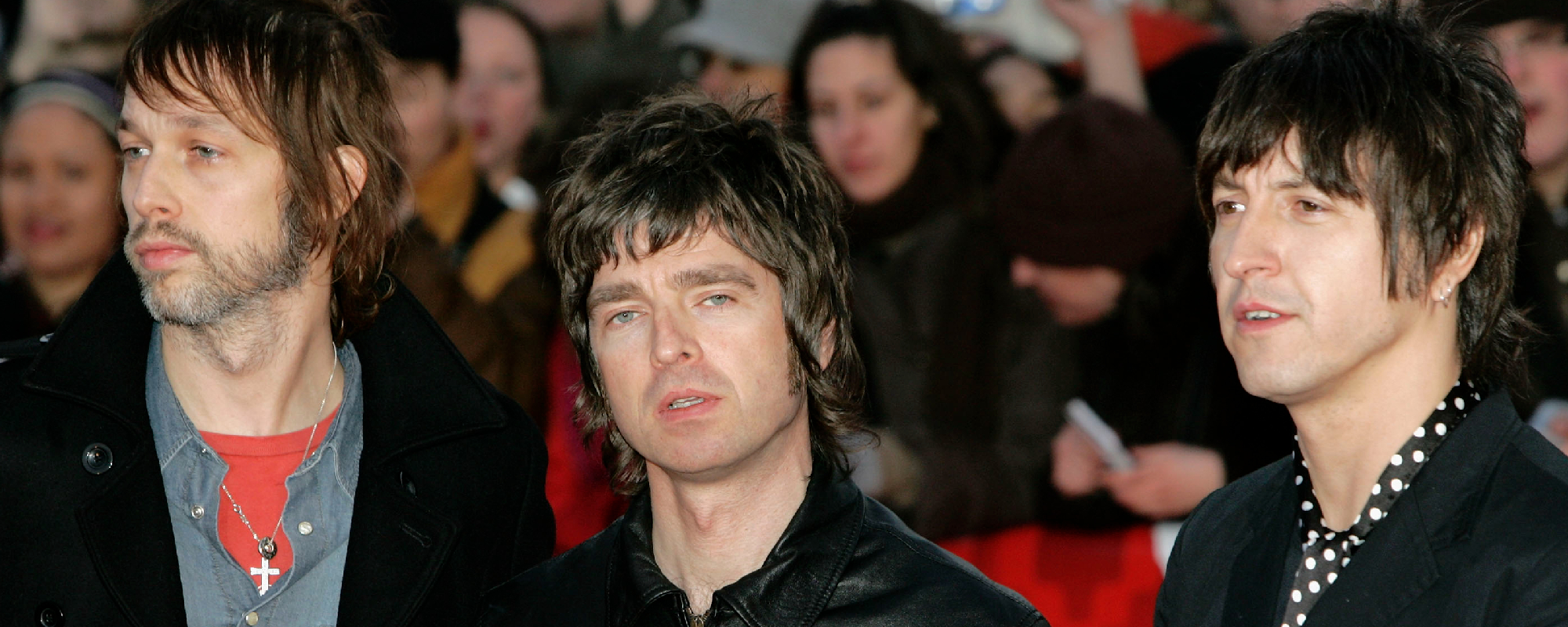
Leave a Reply
Only members can comment. Become a member. Already a member? Log in.